The art world has never been more dynamic than in the digital age. With the emergence of new technologies and the stagnation of old art movements, creators have dedicated themselves to pushing the boundaries of creativity like never before.
Nowadays, they have been constantly trying to find new approaches to self-expression and secure their distinctive place in the oversaturated digital landscape.
Still, many unresolved issues and a lack of comprehensive solutions have hindered their success and forced them to rely on makeshift options until non-fungible tokens (NFTs) came to light.
What has changed? In this article, you’ll learn more about why this technology is considered such a milestone. We’ll discuss why its unique features are the most valuable to the art industry, how NFTs fundamentally transform the way we engage with art, and whether NFTs represent a new age in the art industry or not.
So, if you’re planning to create your own NFT or are simply interested in the topic, this will be a good place to start.
What are NFTs?
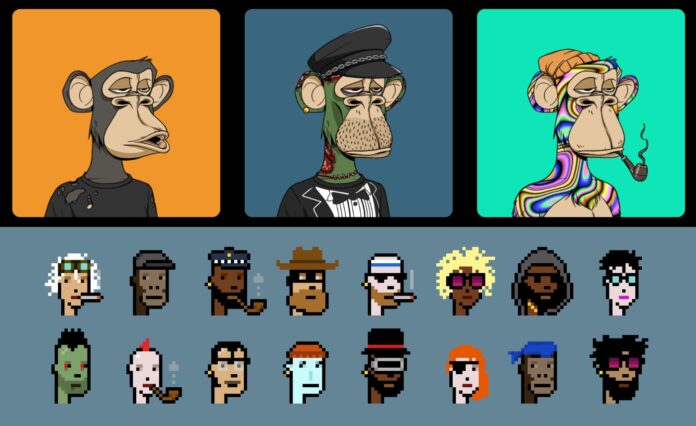
Non-fungible tokens, more commonly known as NFTs, are digital assets that combine digital files such as photos or images with blockchain records. This fusion allows them to represent physical assets in the digital realm, providing creators and future buyers with proof of ownership while ensuring the seamless tracking of provenance.
The Quantum, created by Kevin McCoy, is most commonly considered to be the first NFT ever made. Source: mccoyspace.com
Although stored on a blockchain and primarily sold for crypto coins, NFTs shouldn’t be mistaken for another cryptocurrency. Unlike cryptocurrencies, which are fungible and interchangeable on a one-to-one basis, these assets are unique and can’t be exchanged in the same manner.
Moreover, while crypto is considered an alternative to fiat money, NFTs are more akin to collectibles. This is also the reason why they are so adored within the community of art enthusiasts.
How NFTs Transform the Digital Art Market
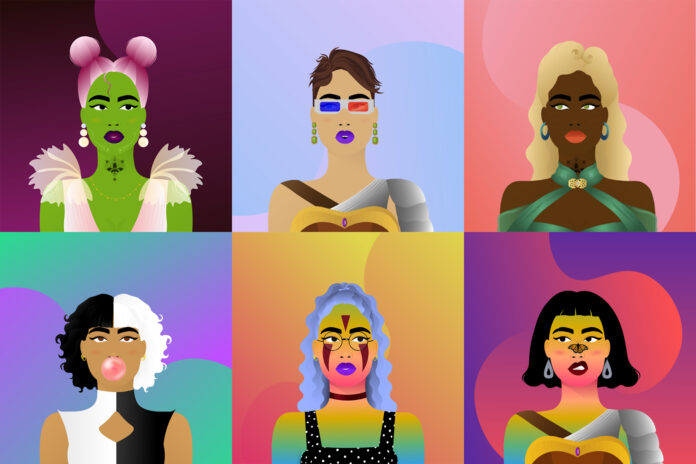
Working in the industry and witnessing the transformation firsthand, we can honestly say that NFTs have actually disrupted traditional notions of art acquisition. Their impact on the digital art market cannot be overstated.
However, newcomers often wonder what exactly has changed. While there are many opinions and lengthy discussions, we believe that four main factors that were the source of this astonishing success and adoption.
Redefined Digital Ownership
NFTs have introduced a groundbreaking and long-needed concept of digital ownership. In the traditional world of art collecting, there are already established ecosystems with regulations, due diligence processes, and organizations that not only ensure the authenticity of artworks but also support collectors and creators alike.
Meanwhile, the digital realm lacked a comprehensive solution. NFTs filled this gap by establishing an ecosystem with standards and mechanisms to securely store, track, and trade digital assets.
In addition, they were the very reason why specialized organizations that facilitate deals between galleries and collectors appeared.
Direct Engagement
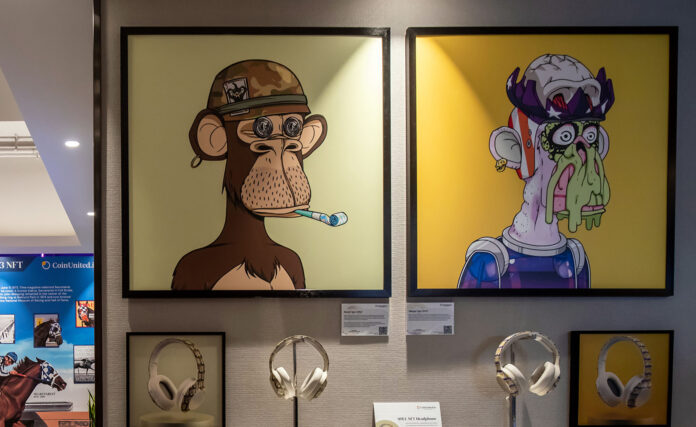
Unlike the traditional art industry, the digital NFT art market has become more inclusive. Through global NFT marketplaces, galleries and collectors can directly trade with one another, fostering creativity and establishing like-minded communities that transcend wealth, status, or location.
In addition, NFTs have significantly reduced the need for intermediaries, enabling independent artists to contact with potential buyers and monetize their talent more effectively.
Platforms like Digitised.Art allow galleries to continuously engage digital audiences and promote their high-end assets in the untapped market.
Complex Art Monetization
Before NFTs, it was challenging for digital artists to monetize their creations. For most, their primary source of income was commissions, much like it had been for centuries.
NFT technology has provided artists with an alternative, or better to say, an additional option. It allows creators to turn their real-life or digital works into tokens that can be sold on various marketplaces.
Moreover, even if the value of these tokens increases, artists or galleries can still receive royalties from any secondary sales. Thus, the system ensures creators are rightfully compensated for their talent.
Transparent Provenance
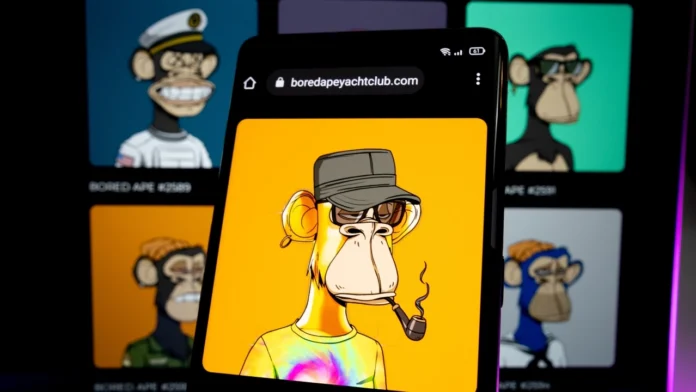
One of the main issues in the digital realm is tracking the origin of artworks. NFTs solve this problem by establishing an immutable and transparent record that can be accessed by anyone at any moment.
As a result, creators and collectors have a tool to verify authenticity and combat forgery without the need for intermediaries or going through time-consuming analysis.
Experiencing all four of these changes leaves no doubts that non-fungible tokens have indeed unleashed a profound transformation in the digital art market. Consequently, this redefining approach to creating and collecting makes one thing clear: the future of art has never looked more exciting or diverse.
Unique Art-Oriented NFT Properties
Despite initial backlash, which is typical for any cutting-edge technology, NFTs have swiftly risen to prominence as the ideal medium for representing digital art. But how did they manage to overcome intense criticism to establish such a strong presence that even conservative art institutions have been willing to try out this technology?
The key lies in their unique properties that address longstanding challenges faced by galleries, artists, and collectors. Here are the five key features that we consider the most relevant to the success of the NFT technology.
- Scarcity: Artists can mint a limited number of NFTs, making these assets more exclusive and increasing their value for potential collectors. In addition, this uniqueness and acceptable limitation also help collectors transition to the new realm by introducing the familiar concept of limited editions and originality from the traditional art world.
- Smart Contracts: Being a core NFT feature, they enable creators to automatically receive royalties whenever assets are sold on secondary markets. Without them, artists wouldn’t be able to benefit from long-term revenue streams and receive appropriate compensation for their work.
Illustration of an NFT Generated by a Smart Contract
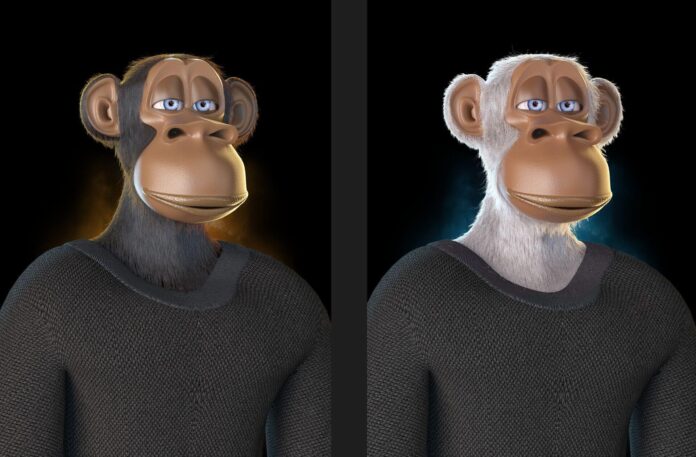
- Interoperability: This factor not only defines the ability of NFTs to represent a variety of digital assets such as images, videos, 3D models, and samples but also their universal acceptance. It doesn’t matter whether an NFT was minted on a specialized platform like Digitised.Art or a general marketplace like Open Sea. In both cases, its owner will be able to sell it on any other platforms that support their wallet and integrated blockchain.
- Liquidity: Creating and collecting NFTs are both straightforward processes that often require nothing more than a crypto wallet. Moreover, operating online and on a global scale, NFT marketplaces enable asset holders to reach a worldwide audience and initiate a deal at any moment. Such global accessibility significantly simplifies art collecting, which in the traditional art market is typically considered a time-consuming endeavor.
- Ownership Verification: NFTs use cryptographic signatures and blockchain technology to verify ownership. This technological solution makes it extremely difficult to counterfeit or replicate artworks, which has been a significant issue for digital creators.
Do NFTs Take Art to the New Era?
All facts considered, NFTs have undoubtedly ushered art into a new era, fundamentally revolutionizing the way galleries and artists interact with collectors in the digital realm. However, NFT technology is still evolving and must address issues specific to its ecosystem and the digital landscape as a whole.
Nevertheless, despite the initial backlash and the presence of several issues, NFTs have undeniably propelled art into a new era, redefining ownership, monetization, accessibility, scarcity, and engagement.
While they present challenges and considerations, NFTs offer invaluable opportunities for galleries, artists, and collectors alike to democratize the art industry and embrace the possibilities of the digital age. Learn why are business all around the world interested in crypto and NFTs like never before.







